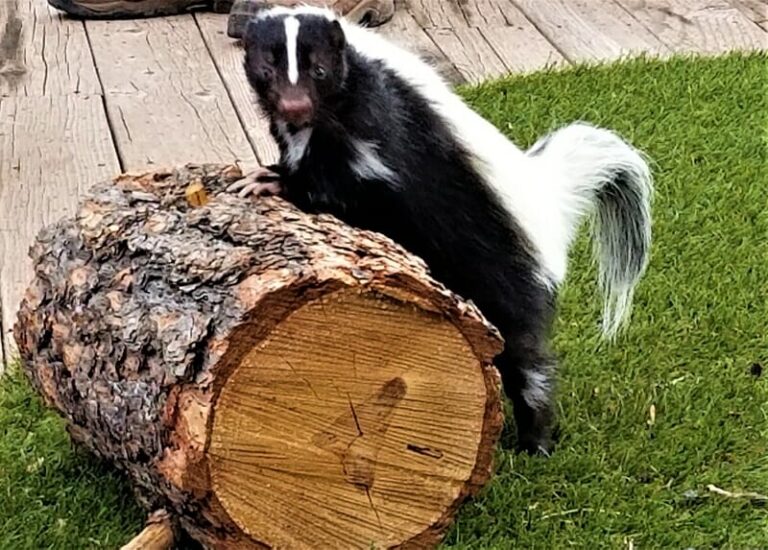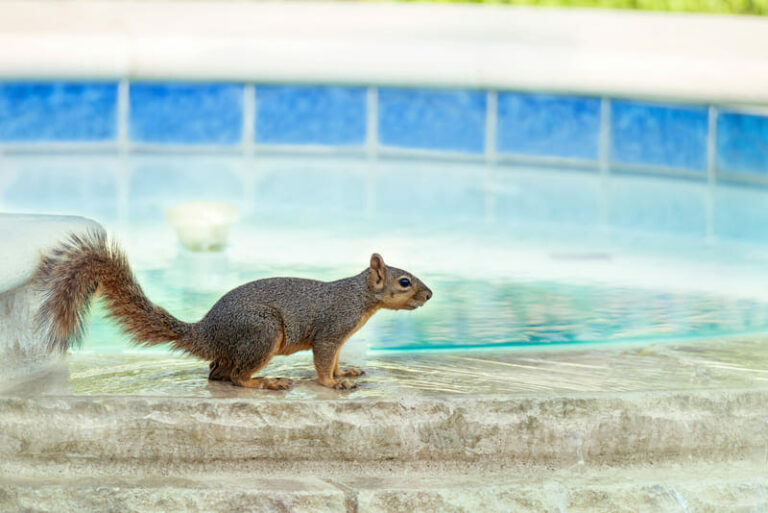In Ontario, several laws protect wildlife and dictate how we can remove them. At many levels, the municipalities take responsibility for dictating human-wildlife encounters that could create conflict situations on municipal property. They also decide when action on private property can be taken with the permission of the landowner. Here’s how these laws impact our work!
Rules Surrounding The Removal Of Wildlife Protection Laws
 If you live-capture an animal, the Ministry of Natural Resources (MNR) says you must release it within 24 hours. If it is sick, injured, or immature, you must turn it over to a veterinarian or an authorized wildlife custodian, or humanely euthanize it.
If you live-capture an animal, the Ministry of Natural Resources (MNR) says you must release it within 24 hours. If it is sick, injured, or immature, you must turn it over to a veterinarian or an authorized wildlife custodian, or humanely euthanize it.
The better, safer option is to hire or ask someone with authorization from the MNR to deal with nuisance animals on your land. This is especially true if you’re in an area where the wildlife is at a “high risk” for rabies. You have to take injured or sick animals, as well as orphaned rabies-carrier species (e.g. raccoons, skunks, foxes), to a wildlife rehabilitator who has Ministry authorization to handle them.
The Fish and Wildlife Conservation Act let these jurisdictions protect their property by dealing with a variety of wildlife species through their government agencies or hiring an agent to do so on their behalf.
Local Hamilton Laws Surrounding Wildlife Removal

In the City of Hamilton, we have several laws related to how the public interacts with our urban wildlife. The Feeding Wildlife by-law, for instance, does not allow the public to feed wildlife. People who feed wild animals do so with good intentions, but it could result in negative encounters for both humans and wildlife. If you choose to feed a wild animal, you could face a fine of up to $10,000 for a first offence!
In most areas, the City tells the public to follow Provincial guidelines. Sick, injured, or orphaned wildlife need special care, and you cannot keep wildlife in captivity without approval from the MNR. However, you can keep a wild animal for up to 24 hours to have it handled by a removal specialist or veterinarian.
Some animals have special protection under the law. There are many mammals in Ontario that you can’t hunt, trap, or kill!
How The Law Protects Certain Mammals
 The Fish and Wildlife Conservation Act protect several common intruders. The Province classifies these as Specially Protected Mammals, and any animal with this distinction has characteristics that make it sensitive to human activities or natural events.
The Fish and Wildlife Conservation Act protect several common intruders. The Province classifies these as Specially Protected Mammals, and any animal with this distinction has characteristics that make it sensitive to human activities or natural events.
For example, take bats. There are eight species of bat in Ontario – the Big Brown Bat, the Eastern Pipistrelle Bat, Hoary Bat, Least (Small-footed) Bat, Little Brown Bat, Northern Long-eared Bat, Red Bat, and the Silver-haired Bat. Every one of them is on the Specially Protected Mammals list! This is because they are susceptible to a fungal infection called “white-nose syndrome”; this makes bats sick by rapidly consuming their stores of fat, essentially causing them to starve to death. The fungus can go through bat colonies very quickly; now, the Little Brown Bat, the species you’ll most likely find in your attic, is classified as Endangered.
The problem is, while humans aren’t affected by it, we can spread white-nose syndrome! This is why, for most of the urban wildlife in Ontario, it’s best to let trained professionals handle removal from your property. Not only does careful handling protect you – it protects the mammals who live around us!



